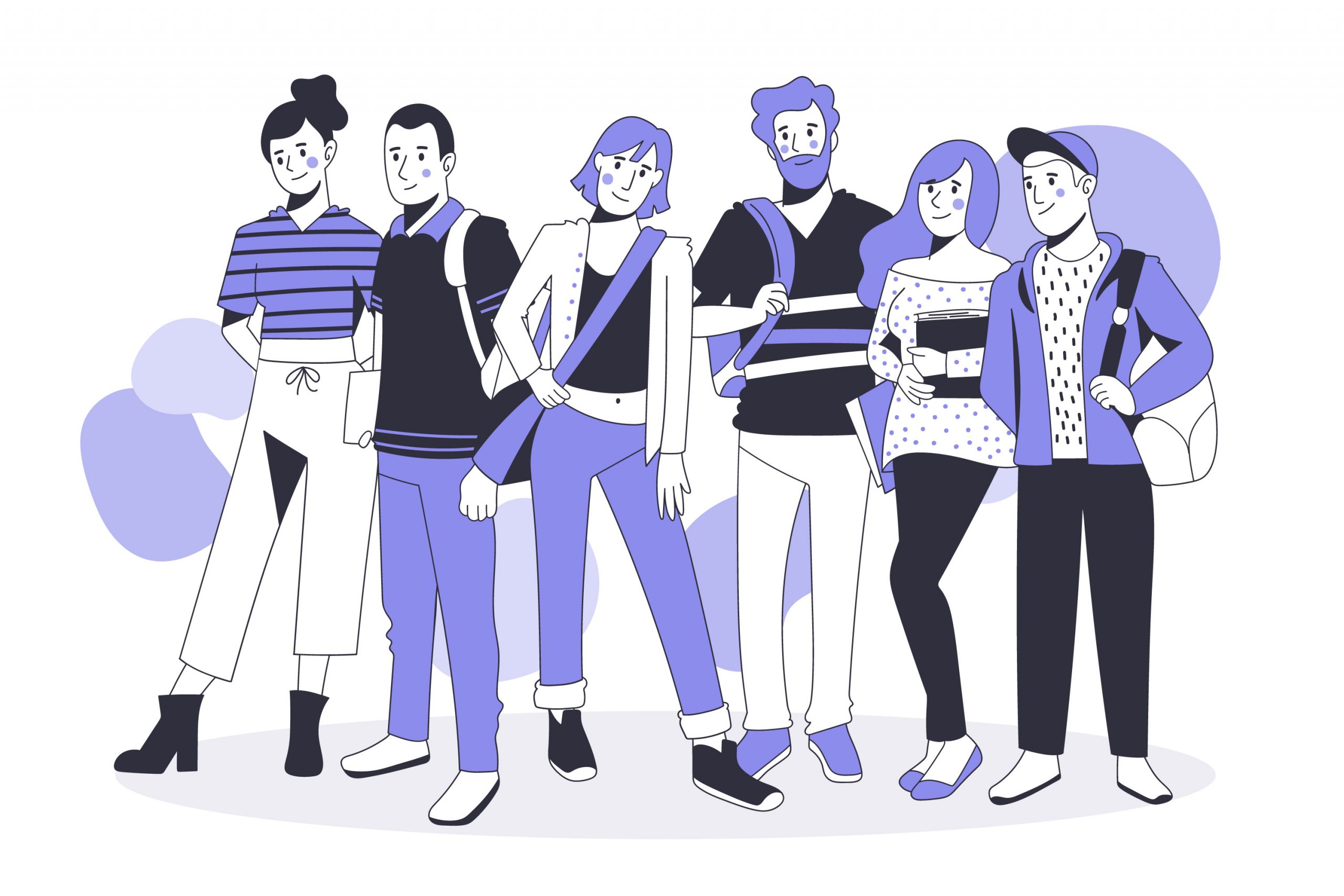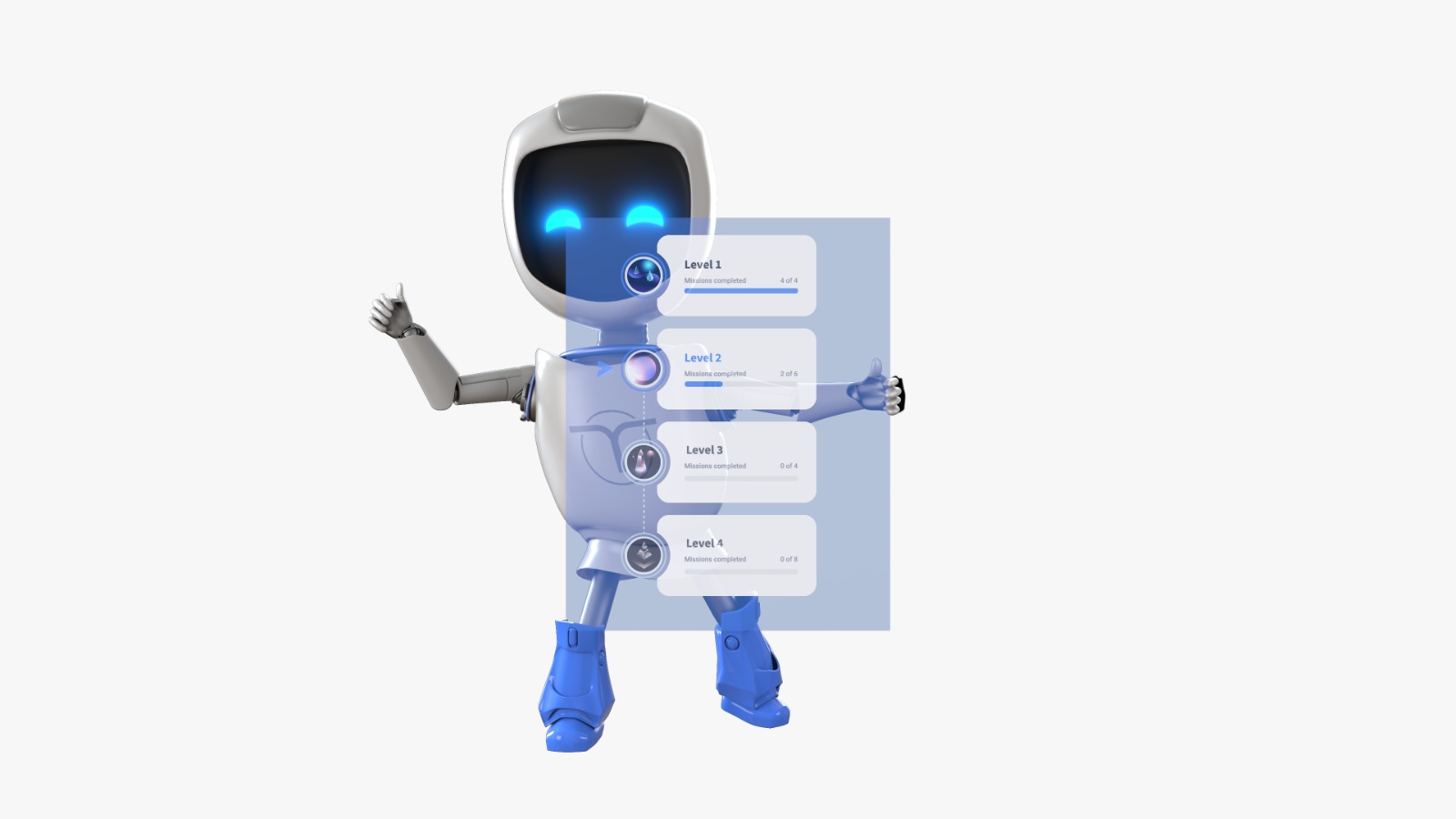Younger generations (Millennials and Gen-Z) are the most likely to leave companies after a short tenure. With the cost of replacing a single technical role reaching up to 80% of that employee’s salary, turnover costs are escalating like never before. The reasons? There are many, but according to a recent study, 74% of Millennial and Gen Z workers have considered leaving due to inadequate skill development opportunities. Yet, despite employees’ interest in learning and growing, businesses are failing at how to train an employee with no experience.
Many companies still rely on outdated training methods that fail to engage today’s young workforce. On top of that, the rise of remote work and rapid technological advancements have widened skill gaps, making it harder to prepare new hires—especially those with little experience—for success.
So, how can businesses rethink their learning and development (L&D) efforts to align with modern learning preferences and prevent costly disengagement? This article explores the need for innovative training solutions meant to engage and prepare young employees for the challenges of tomorrow.
Understanding How to Train an Employee With no Experience
When it comes to how to train an employee with no experience, particularly Gen Z and Millennials, it’s essential to understand their psychology in the workplace and the social, cultural, and historical elements that influenced their upbringing and perception of life.
Social Context
These generations have experienced major events, such as the global COVID-19 pandemic, which has deeply impacted their perceptions of work. The pandemic, for example, reshaped how they view work-life balance and the importance of flexibility. Many had to adapt quickly to remote work, and they’ve come to expect a level of autonomy and digital communication that was less common in previous generations.
Easily Disengaged
Thanks to factors like short-form content, instant information access, and the rapid digitalization of learning, younger generations are easily disengaged by dull content. Accustomed to fast, interactive experiences, they expect the same from workplace training. Traditional programs with long lectures and passive presentations feel outdated and ineffective, leading to rapid disengagement. PowerPoint slides, lecture-style training, and easily completed modules are no longer viable solutions for these adrenaline-seeking employees.
Tech-Savvy but not Necessarily Technologically Proficient
Gen Z and Millennials are digital natives—they have grown with technology ever since they were children. However, just because they are tech-savvy doesn’t mean they can instantly grasp new workplace technologies without proper guidance and structured training. For example:
- In Healthcare: Young workers may be comfortable with digital devices but still need training to operate complex Electronic Health Record (EHR) systems.
- In Retail: They may excel with basic customer service apps but still need guidance on advanced point-of-sale systems or inventory management software.
- In Engineering: While adept with mobile apps and smart devices, they require structured training to use complex software like CAD (Computer-Aided Design) for design or automation tools for production lines.
Known for Setting Clear Boundaries
One of the most notable traits of these younger generations is their ability to set boundaries, especially in the workplace. While older generations might view this as “rudeness” or a lack of professionalism, for Gen Z, it’s often a way of protecting their mental and emotional space. They’ve learned to prioritize their well-being and refuse to compromise it for job demands. This shift can sometimes be misinterpreted by more traditional leaders, but it’s rooted in a desire for healthier work environments and a rejection of burnout culture.
Not Afraid to Seek Other Opportunities
Another key difference is how these generations view career opportunities. Unlike previous generations, who were often reluctant to switch jobs due to loyalty or fear of uncertainty, Millennials and Gen Z are much more willing to explore new opportunities. For example, a study revealed that half of American workers are considering leaving their jobs, with Gen Z leading at 39% and Millennials following at 29%.
They know that if they’re not getting the development, flexibility, or recognition they deserve, there are plenty of other companies that will. A study showed that 83% of Gen Z consider themselves “job hoppers,” with personal development being the key driver of their career decisions. This sense of empowerment has led to a more dynamic job market, where workers feel they can—and often do—jump to better opportunities without hesitation.
The Growing Disconnect Between L&D and New Generations
The way younger generations engage with information has been fundamentally reshaped by technology, social media, and significant global events. Yet, many workplace training programs have failed to evolve at the same pace, leading to a growing disconnect between how Gen Z and Millennials prefer to learn and how organizations train them. Here are some of the missteps that companies commit when training an employee with no experience:
- Expectation of Quick Competence: In fast-paced business environments, companies expect new hires to deliver results quickly. Yet, traditional training methods fail to equip them with the skills they need right away.
- Navigating Workplace Culture: Training programs should not only focus on technical skills but also help employees understand the company’s values, communication norms, and collaboration expectations.
- Employer Expectations vs. Training Resources: Many organizations struggle to balance the expectations of their employers with the available training resources. According to a study, budget constraints and time limitations often prevent companies from providing comprehensive development opportunities.
- Challenges of Outdated Training Methods: Static, old-school formats like PDFs and PowerPoints are not engaging for today’s learners. These methods don’t provide opportunities for hands-on practice or interactivity, and this lack of engagement often leads to disengagement and poor retention of skills.
Technical and Soft Skills Gap
Beyond the issues mentioned above, one stands out above the rest: the gap in both technical and soft skills among inexperienced employees. The modern workforce requires a balance of both technical expertise and soft skills, yet many new employees enter the workplace unprepared for the demands of their roles. While technical skills ensure employees can perform specific tasks, soft skills determine how effectively they communicate, collaborate, and adapt to workplace dynamics.
To bridge the knowledge gap, companies need modern learning strategies that cater to the needs of today’s workforce—particularly Gen Z and Millennials, who favor interactive, self-paced, and technology-driven learning experiences.
Technical Proficiency in Employees Without Experience
Training employees with no experience in technical skills requires a structured, engaging, and adaptable learning approach. However, traditional methods often fail because they assume new hires will easily grasp complex concepts or already possess the necessary foundational knowledge. In reality, many new employees find technical training either too complicated or overly dull.
Common challenges when teaching technical skills to inexperienced employees include:
- The Growing Demand for Tech Proficiency – Many workers still lack the foundational digital skills required for success. One study revealed that 31% of workers lack basic digital skills, and 13% have no digital proficiency at all.
- The Challenge of Keeping Up – Technology evolves rapidly, and training programs must constantly adapt to keep pace. Outdated materials or methods hinder employees’ ability to stay current, limiting their effectiveness in the workplace.
The Soft Skills Dilemma
Soft skills—such as teamwork, adaptability, and emotional intelligence—are often overlooked in traditional training programs. Younger generations, in particular, find it harder to adapt to in-person interactions in the workplace for various reasons, the most apparent being the period of isolation at the start of the 2020s.
Many young employees entered the workforce after completing their education remotely due to COVID-19, leaving them with limited exposure to in-person professional environments. This lack of direct interaction has:
- Hindered their ability to navigate office culture and build strong interpersonal relationships
- Develop essential soft skills like networking, conflict resolution, and non-verbal communication.
Moreover, while remote tools enable collaboration, they lack the nuances of face-to-face interaction, such as body language, tone, and spontaneity. According to the New York Post, 74% of employees struggle with face-to-face conversations due to their reliance on digital communication, with Gen Z employees accounting for 40% of this group.
As a result, younger employees may struggle with:
- Networking and professional relationship-building
- Presenting ideas confidently in meetings
- Handling workplace conflicts in person
How It Works: Active Learning and Microlearning as Solutions
To effectively train younger generations, companies are increasingly adopting a blended model that combines active learning and microlearning. This approach addresses the engagement challenges of traditional training, with the information being delivered in a way that is both interactive and digestible. By blending these two methods, organizations can create training programs that are engaging, efficient, and aligned with modern employees’ learning preferences.
Active Learning in Corporate Training
Active learning is an instructional approach that encourages learners to actively participate in the training process rather than passively consuming information. This method helps employees develop critical thinking skills and apply what they learn in practical scenarios. It involves:
- Hands-on activities
- Problem-solving
- Role-playing
- Simulations
- Real-world applications
Microlearning for Engagement
Microlearning breaks training into short, digestible lessons, making it easier for employees to retain and apply new knowledge. Instead of overwhelming learners with long sessions, microlearning delivers content in focused bursts that align with modern attention spans. Microlearning modules can:
- Enhance retention by delivering short, focused lessons that prevent cognitive overload.
- Use scenario-based learning for real-world application and practice problem-solving in relevant settings.
- Offer continuous feedback, helping employees reinforce key concepts and track progress over time.
- Let users complete tasks at their own pace, whenever and wherever they want, offering them flexibility and adaptability.
Additional Tools for Modern Training Initiatives
While active learning and microlearning form the foundation of modern workplace training, additional tools enhance their effectiveness. Here are two key features shaping today’s corporate training.
AI-Driven Training
AI can play a pivotal role in making training more personalized and adaptive. AI-driven learning platforms analyze employee performance in real-time and adjust training paths to meet individual needs. This approach provides timely support for those who need it and allows faster progress for those excelling. As a result:
- Real-time adjustments keep training relevant and responsive.
- Predictive analytics identify at-risk employees before they fall behind, providing proactive support.
- Automated feedback allows employees to quickly adjust and improve their skills.
Simulations & Interactive Training
Interactive training, including simulations and gamified learning, enhances engagement by allowing employees to learn through hands-on experience. The demand for simulations in training increased to 46% in 2024, highlighting the growing preference for interactive learning. Interactive learning offers the following benefits:
- Virtual scenarios allow employees to practice real-world challenges in a risk-free environment.
- Gamification elements like leaderboards and rewards foster a competitive, engaging atmosphere, boosting motivation and learning outcomes.
- Real-time feedback ensures that employees have opportunities to refine their skills and correct mistakes.
Time to Update Your Training for Young Employees
The way companies approach employee training—especially for those with little to no experience—must evolve to meet the needs of a rapidly changing workforce. Younger generations expect dynamic, interactive learning experiences, while technological advancements demand continuous skill development. To address these challenges, businesses should adopt modern training solutions that provide personalized learning paths, real-time feedback, and ongoing updates to keep employees engaged and up to speed.
Code of Talent’s platform exemplifies this modern approach, offering an interactive and effective way to develop both technical and soft skills in new hires. By leveraging innovative training tools, including microlearning, organizations can improve engagement, reduce turnover, and build a more skilled workforce.
Ultimately, knowing how to train an employee with no experience comes down to using the right strategies—ones that empower employees to learn, grow, and contribute to long-term business success.
Photo: Freepik





